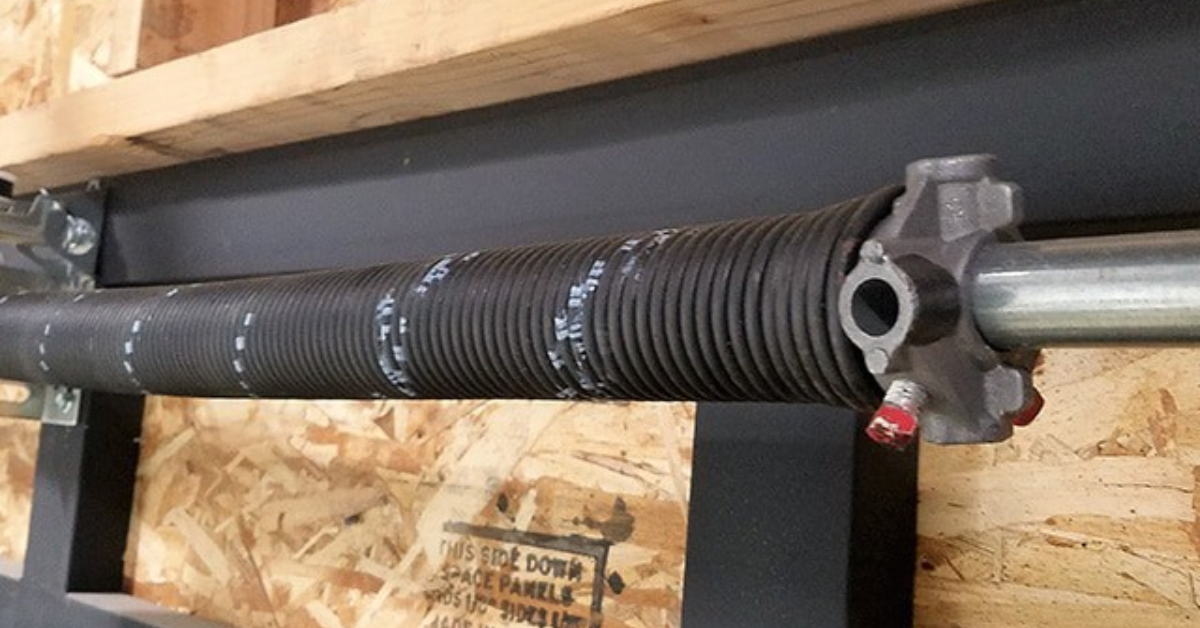How Much Does It Cost To Replace Garage Door Springs?
Replacing garage door springs is a crucial maintenance task that every homeowner with a garage will likely face. The cost to replace garage door springs can vary significantly depending on various factors such as the type of springs, labor, and additional components. Understanding these variables can help you budget appropriately and avoid unexpected expenses. To assist you in making an informed decision, we will discuss detailed costs associated with replacing garage door springs.
Types of Garage Door Springs
1. Torsion Springs
Torsion springs are the most common type used in modern garage doors. They are mounted horizontally above the door and use torque to lift the door.
- Cost of Torsion Springs: The price for a single torsion spring ranges from $30 to $100 depending on the quality and the weight it needs to handle. For a double garage door, you will typically need two springs, doubling the cost.
- Labor Costs: Hiring a professional to replace torsion springs can cost between $150 to $350. This includes the cost of the springs and the labor.
- Total Replacement Cost: On average, the total cost for replacing torsion springs can range from $180 to $450.
2. Extension Springs
Extension springs are mounted on either side of the garage door and extend to provide the force needed to open the door. They are generally found in older garage door models.
- Cost of Extension Springs: These springs are usually less expensive than torsion springs, ranging from $15 to $45 each.
- Labor Costs: Professional installation for extension springs typically costs between $100 to $200.
- Total Replacement Cost: The overall cost for replacing extension springs is usually between $130 to $290.
Factors Influencing Replacement Costs
1. Type of Springs
As mentioned, the type of springs (torsion vs. extension) plays a significant role in the cost. Torsion springs are more expensive due to their durability and the complexity of their installation.
2. Quality of Springs
Higher quality springs, made from better materials, will last longer and cost more. Investing in high-quality springs can save money in the long run by reducing the frequency of replacements.
3. Labor Costs
Labor costs can vary based on your location, the complexity of the installation, and the professional’s expertise. It's advisable to get multiple quotes to ensure you are getting a fair price.
4. Additional Components
Sometimes, other components may need replacement along with the springs, such as cables, brackets, and safety mechanisms. These additional parts can add to the overall cost.
- Cables and Brackets: Replacing these components can add $20 to $50 to your total cost.
- Safety Mechanisms: Upgrading or repairing safety mechanisms can cost an additional $50 to $100.
DIY vs. Professional Replacement
DIY Replacement
While DIY replacement can save on labor costs, it is generally not recommended unless you have experience with garage door systems. The high tension in garage door springs poses significant risks of injury.
- Cost Savings: DIY can save you between $100 to $200.
- Risks: The risk of injury or incorrect installation can lead to higher costs in the long run.
Professional Replacement
Hiring a professional ensures the job is done safely and correctly. Professionals have the right tools and expertise to handle the job efficiently.
- Cost: Professional replacement costs more but provides peace of mind and warranty on the work done.
- Safety: Reduces the risk of injury and potential additional repairs due to incorrect installation.
Signs That Your Garage Door Springs Need Replacement
Recognizing the signs that your garage door springs need replacement can help prevent sudden failures and potential accidents.
- Look for gaps in the coils, rust, or any deformities in the springs.
- If the door struggles to open or doesn’t stay open, the springs may be losing tension.
- Unusual creaking or snapping sounds when operating the door can indicate failing springs.
- If the door appears crooked or uneven when opening or closing, one of the springs might be damaged.
How to Maintain Your Garage Door Springs
Regular maintenance can extend the life of your garage door springs and ensure smooth operation.
- Apply a garage door lubricant to the springs every few months to reduce friction and prevent rust.
- Periodically check the springs for any signs of wear and tear.
- Schedule an annual maintenance check with a professional to catch any potential issues early.
Reliable Garage Door Spring Replacement by FIX N GO
For the best services in replacing garage door springs, look no further than FIX N GO Garage Door Repair. Our team of experienced technicians is dedicated to providing top-notch, efficient, and reliable service. We use only high-quality springs and parts to ensure the longevity and smooth operation of your garage door. With transparent pricing, prompt response times, and a commitment to customer satisfaction, FIX N GO Garage Door Repair stands out as the premier choice for all your garage door needs. Trust us to keep your garage door functioning safely and efficiently.
Conclusion
Replacing garage door springs is an essential part of maintaining your garage door system. Understanding the costs involved and the factors that influence these costs can help you make an informed decision. Whether you choose to replace the springs yourself or hire a professional, ensuring the job is done correctly is crucial for the safety and longevity of your garage door.




